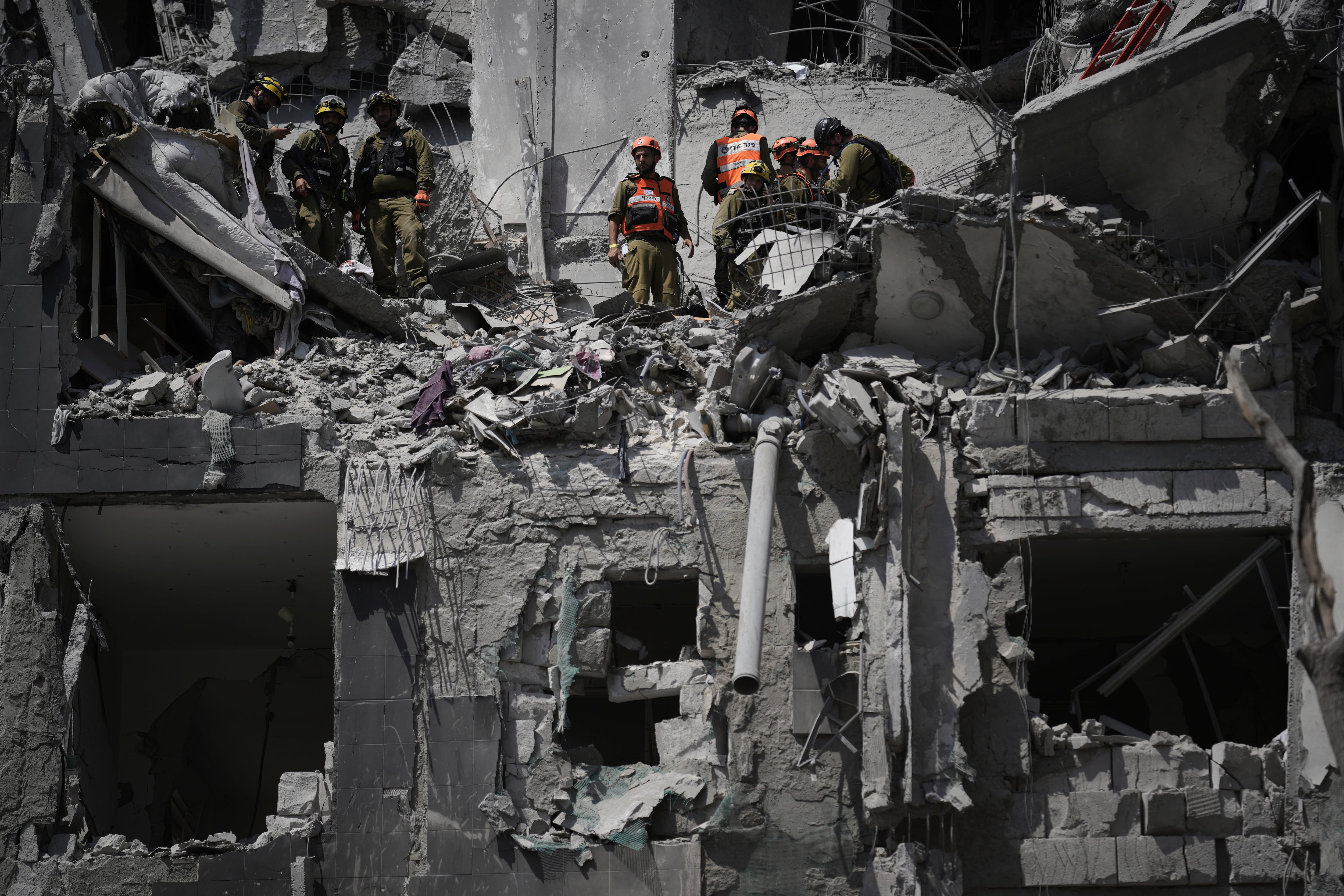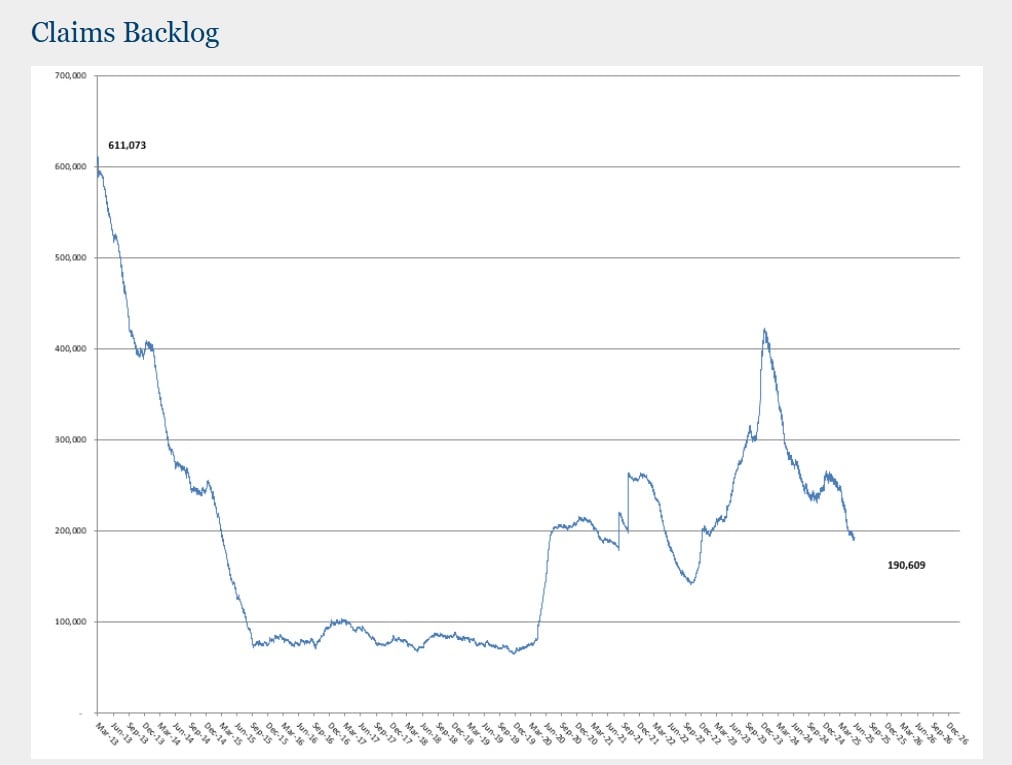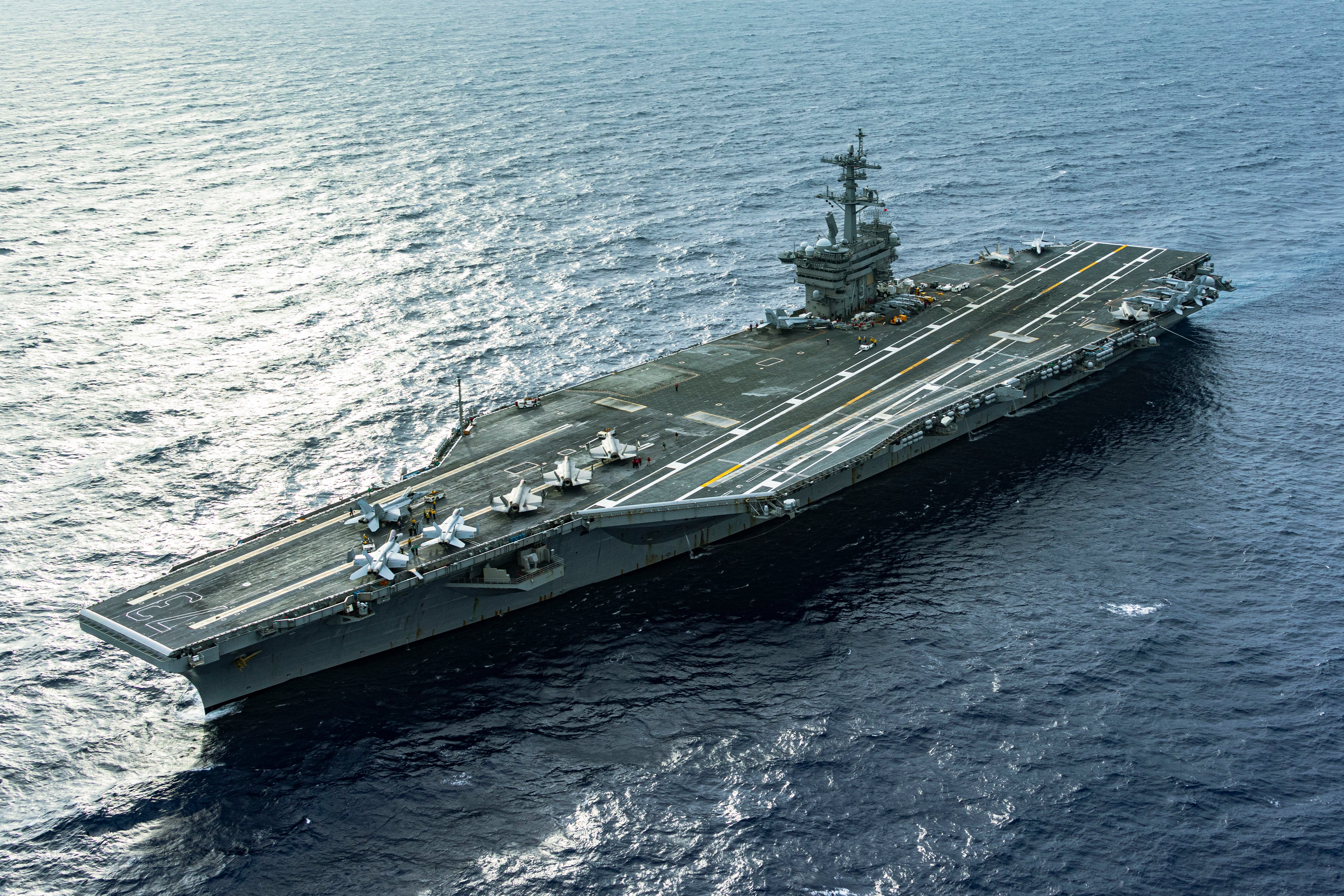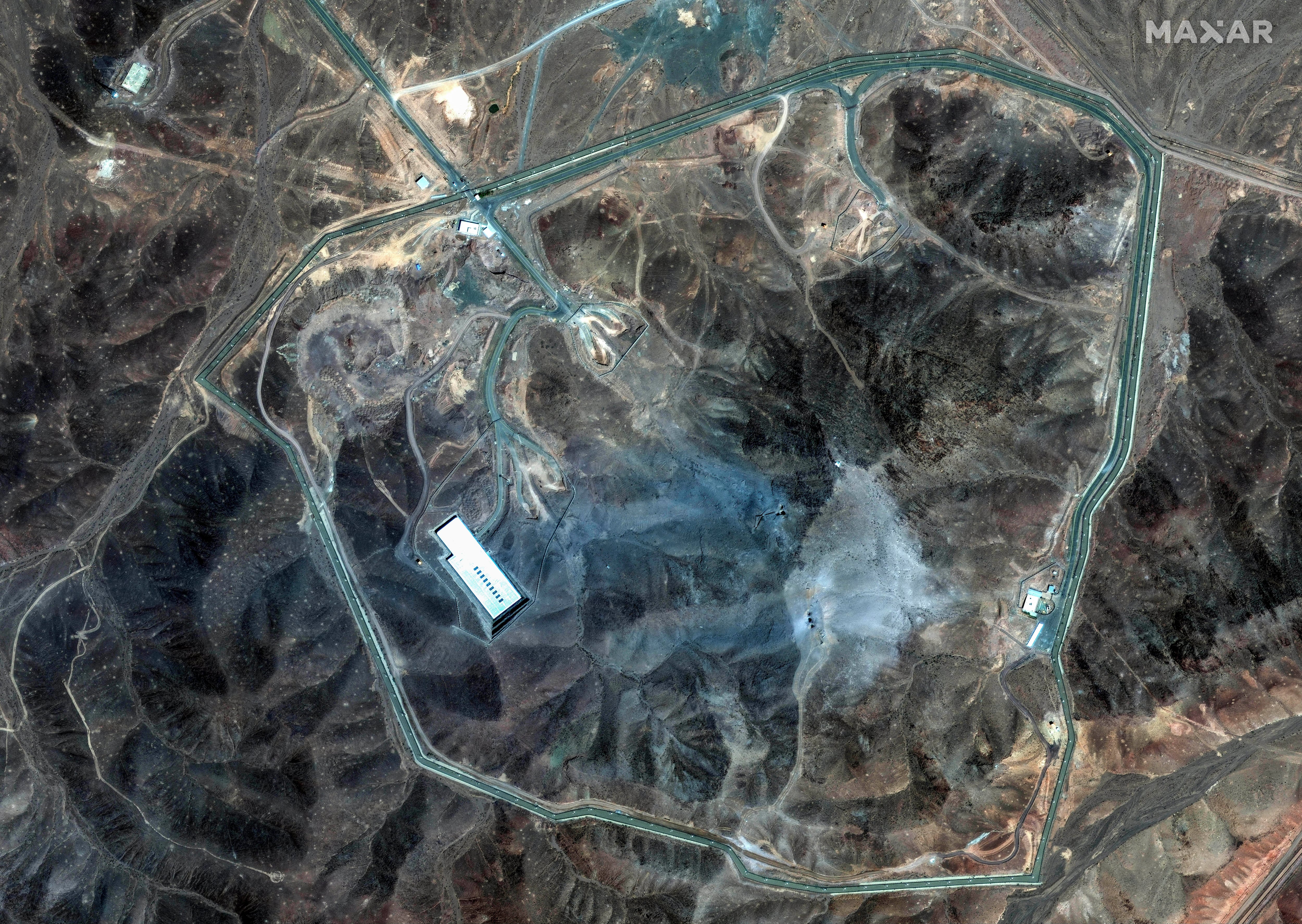The U.S. military is set to grow by about 5,600 troops across the services in the active and reserve components this year, per the Defense Department 2021 budget request released Monday, but that growth comes as two of the services are set to contract.
The Marine Corps will shrink by more than 2,000 troops this year, according to its budget request, while the Air Force is taking the biggest hit, as more than 6,000 of its personnel are moving over to the Space Force this year.
Adjusting for that, the service will add about 1,500 airmen through recruiting and retention this year, much less than the 4,000 or 5,000 the service had been adding each of the past few years.
“This increase responsibly grows the force to improve readiness, modernization and lethality,” Vice Adm. Ronald Boxall, the Pentagon’s director of force structure, resources and assessment, told reporters in a briefing Monday.
The budget also includes a request for a 3 percent pay raise for troops.
The Navy’s end strength growth will help man the new ships on its acquisitions schedule, while the Marine Corps is drawing down as it divests itself of some of its armor and artillery assets, “aimed at building a more lethal corps,” Boxall said.
The Marine Corps’ request says the move will result in a “more experienced, better trained, and more capable force,” building a corps “necessary to be appropriately manned, trained and equipped as a naval expeditionary force-in-readiness and prepared to operate inside actively contested maritime spaces in support of fleet operations."
The Air Force, stretched thin after thousands of hours of combat missions over the past two decades, has looked to build up its force to help with morale,
“Morale and readiness are inextricably linked,” Chief of Staff Gen. David Goldfein told reporters in 2018.
Meanwhile, the Army, which has been steadily marching for 500,000 active-duty soldiers over the past three years, hopes to hit 485,900 in 2021 an increase of 900 soldiers from 2020.
“We’re going to have modest growth of about 1,000 soldiers per year for the next four or five years,” said Maj. Gen. Paul Chamberlain, director of the budget at the office of the assistant secretary of the Army.
In total, the active component would sit at 1,351,500 troops while the Reserve and National Guard will total 802,200 troops, for a total of an $8 billion bump in personnel funding, Boxall said.
Health and housing
Though the Pentagon’s overall budget proposes to stay steady at $705 billion from 2020 to 2021, some money has been shifted around to address long-simmering issues that have made headlines in recent years.
RELATED
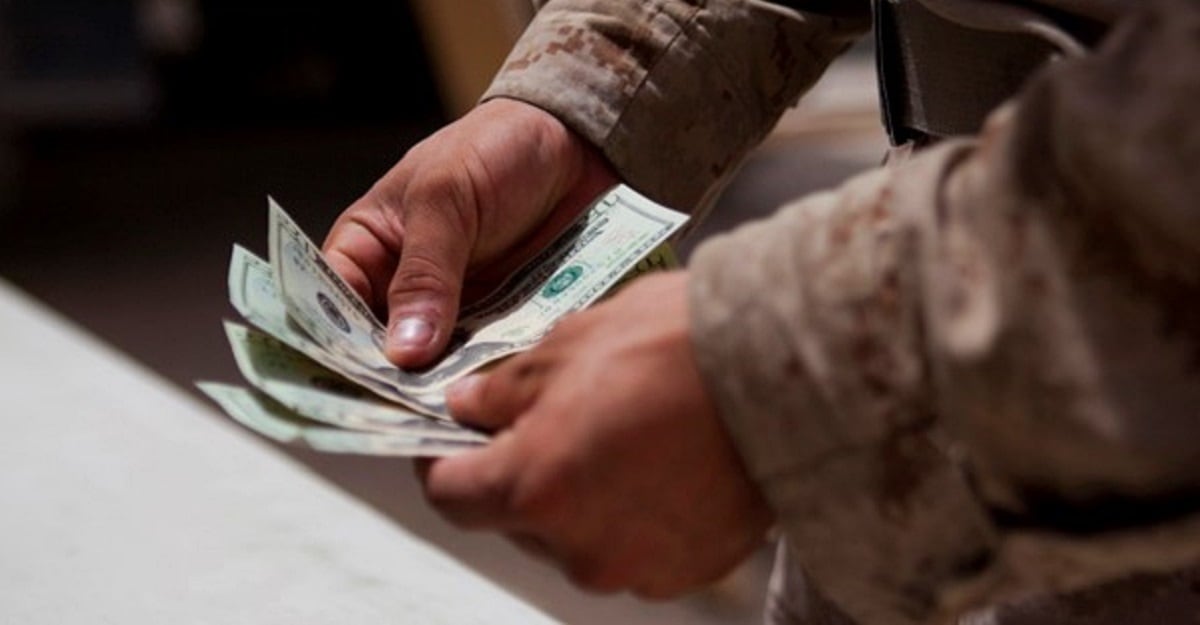
Almost $55 million is set aside for support to privatized military housing, as concerns about lead, mold and other health and safety hazards have prompted the services to take a look at on-base housing and hold accountable the private companies responsible for managing it.
At the same time, the budget proposes a $200 million bump to on-base services, everything from childcare and the commissary to Morale, Welfare and Recreation programs and DoD schools.
And while the Pentagon continues to realign local medical facilities under the Defense Health Agency, the budget for military health is dropping to 33.1 billion from 34.4 billion, much of that due to funds being pushed down to the services instead of directly paid by DoD.
Meghann Myers is the Pentagon bureau chief at Military Times. She covers operations, policy, personnel, leadership and other issues affecting service members.
Kyle Rempfer was an editor and reporter who has covered combat operations, criminal cases, foreign military assistance and training accidents. Before entering journalism, Kyle served in U.S. Air Force Special Tactics and deployed in 2014 to Paktika Province, Afghanistan, and Baghdad, Iraq.
Stephen Losey is the air warfare reporter for Defense News. He previously covered leadership and personnel issues at Air Force Times, and the Pentagon, special operations and air warfare at Military.com. He has traveled to the Middle East to cover U.S. Air Force operations.

